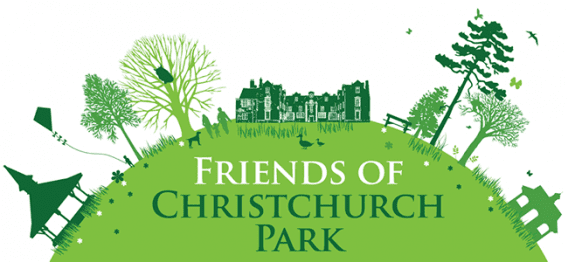 A number of horse chestnuts in the park are suffering from horse chestnut leaf miners (Cameraria ohridella), a moth that attacks the trees and leads to the brown leaves that we’re now used to seeing all year round.
A number of horse chestnuts in the park are suffering from horse chestnut leaf miners (Cameraria ohridella), a moth that attacks the trees and leads to the brown leaves that we’re now used to seeing all year round.
Lots of our horse chestnuts are also suffering from bleeding canker disease caused by a pathogen called (Pseudomonas syringae pv aesculi). This leads to cankers and bark cracks on the stem and bleeding on the trunk and branches.
We have taken advice from the Forestry Commission. Each tree needs to be assessed on a case by case basis.
- If cankering lesions become extensive the entire trunk may be girdled and the tree will inevitably die and have to be removed.
- Consider removing major branches that are infected and show dieback. Recently-dead branches of horse chestnut may be susceptible to sudden fracture and drop as the wood dries out.
- Trees with bleeding cankers on the trunk can still have healthy-looking crowns and may not pose an immediate safety risk.
- Some trees may survive for many years as disease progression can be very slow or even show signs of recovery (vigorous callus development at the margins of cankers when bark has been killed by the disease).
- Removing affected trees can be unnecessary. Significant numbers of trees do recover.
